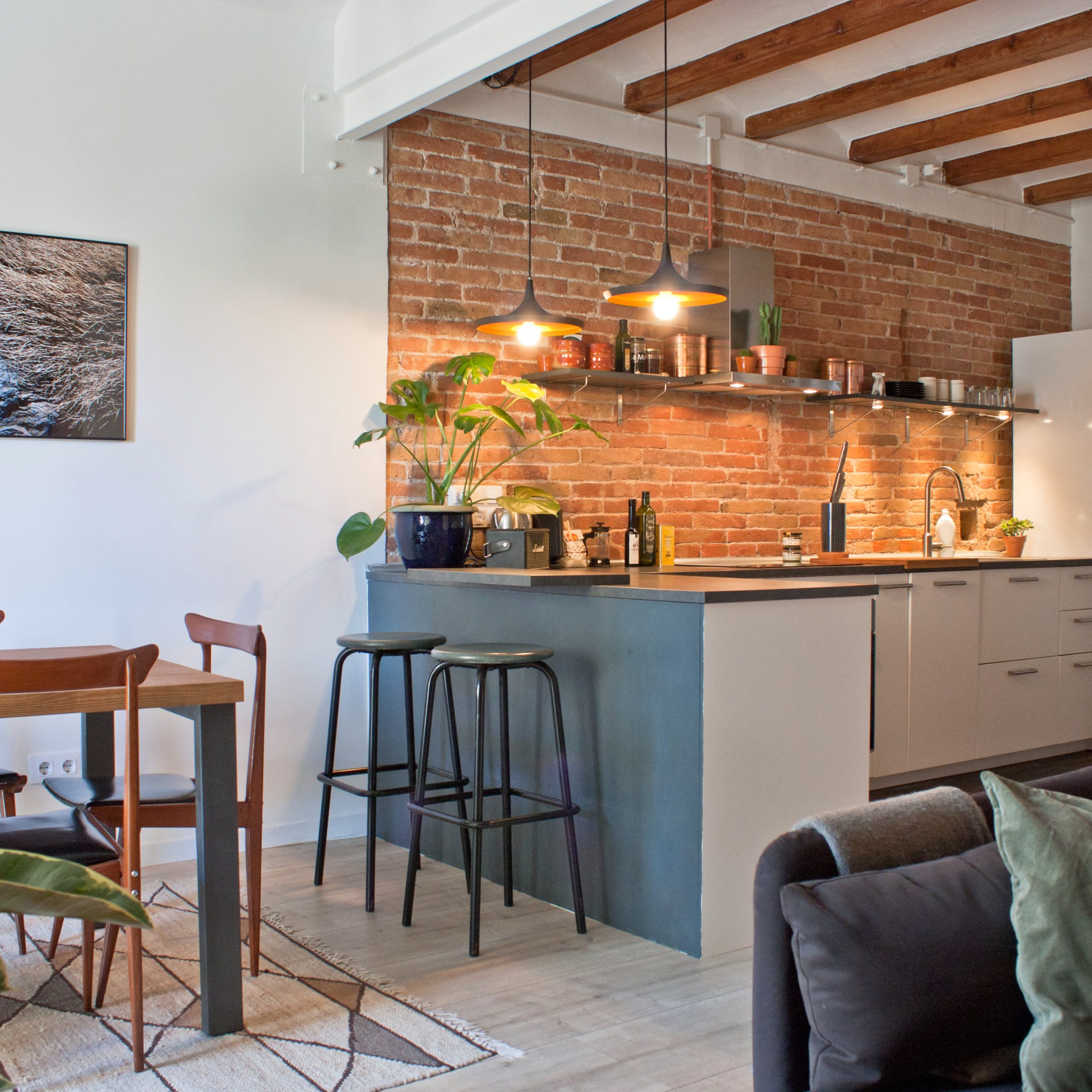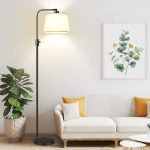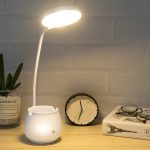
Sconce DWG: A Comprehensive Guide to the Design and Functionality
Introduction
Sconces are a type of lighting fixture that have been used for centuries to add both task and ambient lighting to a room. With the advent of modern technology, sconces have evolved to include a wide variety of designs and features, including LED options, dimmable settings, and even wireless controls. This article aims to provide a comprehensive guide to the design and functionality of sconces using the sconce DWG format.
Sconce DWG: What is it?
DWG (Drawing) is a file format used for storing two and three-dimensional design data and metadata for use in CAD (Computer-Aided Design) programs. A sconce DWG file is a specific file format that stores the design information for a sconce. This file can then be opened in a CAD program to manipulate or customize the design.
Types of Sconces
There are many types of sconces available, each with its own design and functionality. Below are some of the most common types:
Task Sconces:
Task sconces are designed to provide focused, directional light to a specific area. They are often used in areas that require bright, localized lighting, such as over a desk or next to a bed.
Ambient Sconces:
Ambient sconces are designed to provide general lighting to a room. They are often used to add a warm, welcoming glow to a space, such as in a living room or hallway.
Decorative Sconces:
Decorative sconces are designed to add aesthetic appeal to a room. They come in a wide variety of designs and styles, from traditional to modern.
Outdoor Sconces:
Outdoor sconces are designed to add both function and style to the exterior of a building. They are often used to illuminate outdoor walkways or to enhance the architectural elements of a building.
Design Elements of a Sconce
Sconces come in a wide variety of designs, each with its own unique features and design elements. Below are some of the most common design elements of a sconce:
Finish:
The finish of a sconce refers to the material that it is made from and its color or texture. Sconces can be made from a wide variety of materials, including metal, glass, and porcelain, among others.
Light Source:
The light source of a sconce refers to the type of bulb or lamp that it uses. Sconces can use a wide variety of light sources, including incandescent, fluorescent, LED, and halogen.
Shade:
The shade of a sconce refers to the covering or diffusing element that is used to soften or redirect the light. Shades can be made from a wide variety of materials, including glass, fabric, and metal.
Size and Scale:
The size and scale of a sconce refers to its overall dimensions and how it fits within a space. Sconces come in a wide variety of sizes, from small and compact to large and dramatic.
Functionality of a Sconce
In addition to its design elements, a sconce can also incorporate a wide variety of functionality features to enhance its usefulness and versatility. Below are some of the most common functionality features found in a sconce:
Dimming:
Dimming allows the user to adjust the brightness of the light source, making it ideal for creating a range of moods and atmospheres.
Wireless Controls:
Wireless controls allow the user to operate the sconce remotely, making it convenient for hard-to-reach areas or for controlling multiple lights at once.
Timer:
A timer allows the user to set a specific time for the sconce to turn on or off, making it perfect for energy-saving purposes or for creating a lighting schedule.
Motion Sensor:
A motion sensor is a feature that allows the sconce to turn on or off automatically when it detects movement, making it ideal for use in corridors and other high-traffic areas.



